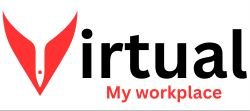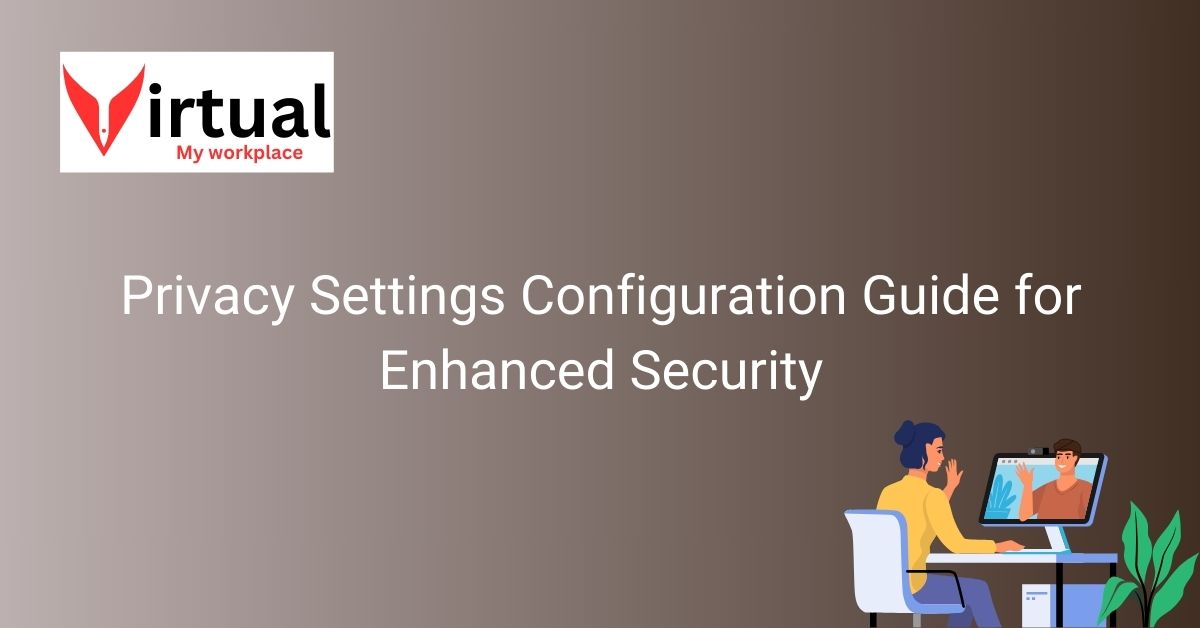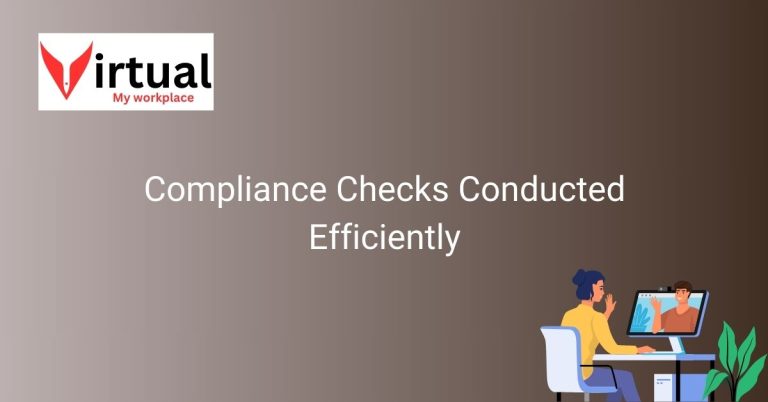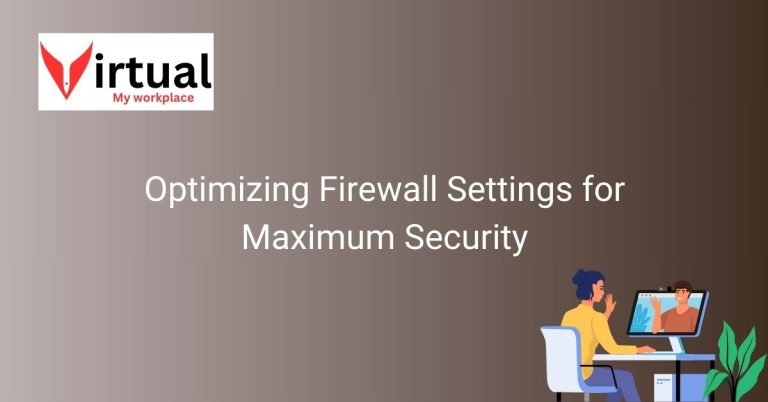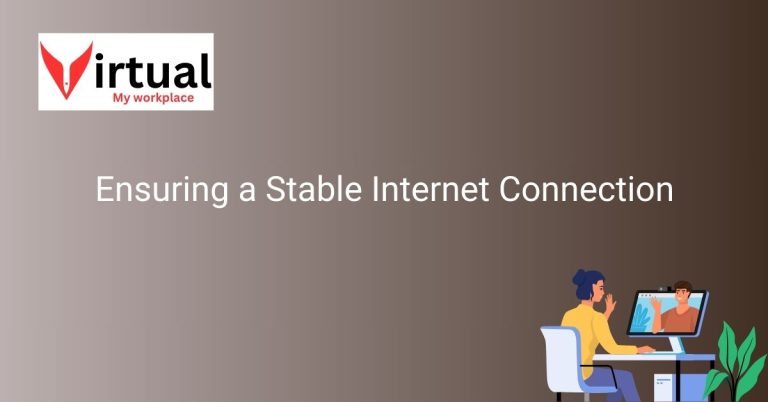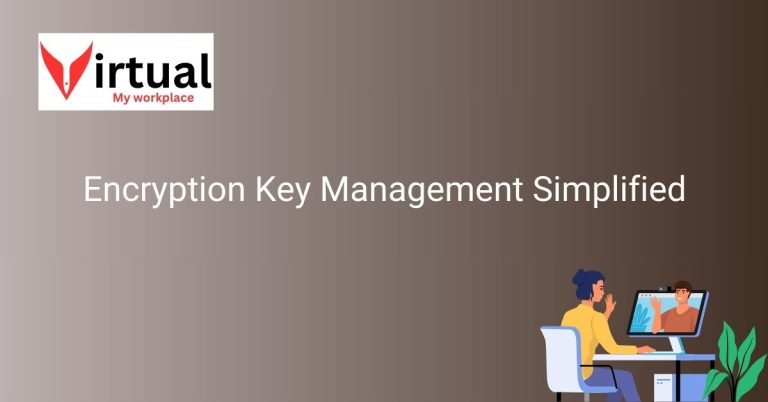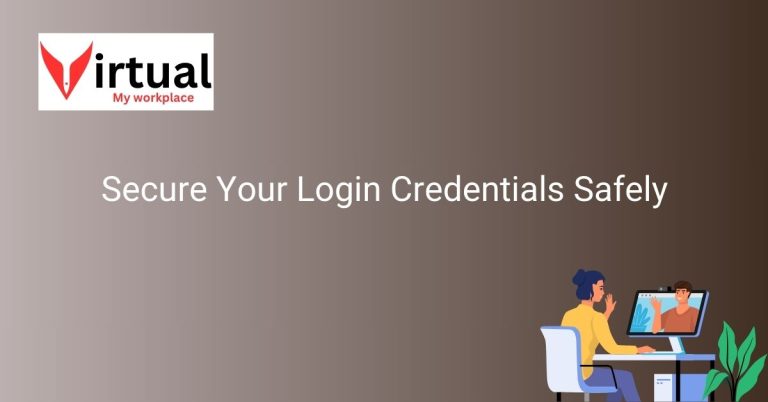Privacy Settings Configuration Guide for Enhanced Security
Enhancing security within my virtual workplace is crucial, and one way to achieve this is through configuring privacy settings effectively. By carefully adjusting these settings, users can ensure that their information is protected from unauthorized access and potential threats. Understanding the ins and outs of privacy settings configuration is essential for creating a safe and secure online environment for all users.
With the right guidance on privacy settings configuration, users can navigate through the various options available to them and make informed decisions on how to best protect their data. By following a comprehensive guide tailored to enhancing security measures within my virtual workplace, users can take proactive steps towards safeguarding their sensitive information from potential cyber risks.
Understanding Privacy Settings Configuration
Enhancing security within my virtual workplace is crucial, and one way to achieve this is through configuring privacy settings effectively. By carefully adjusting these settings, users can ensure that their information is protected from unauthorized access and potential threats. Understanding the ins and outs of privacy settings configuration is essential for creating a safe and secure online environment for all users.
Importance of Configuring Privacy Settings
Configuring privacy settings is vital in maintaining the confidentiality of sensitive information within my virtual workplace. It helps prevent unauthorized access to personal data, ensuring that only authorized individuals can view and interact with specific content.
Benefits of Effective Privacy Settings
Effective privacy settings offer a layer of protection against cyber threats, safeguarding valuable data from potential breaches. By customizing these settings, users can control who has access to their information, minimizing the risk of privacy violations and identity theft.
Step-by-Step Guide to Configuring Privacy Settings
When configuring privacy settings within my virtual workplace, users should start by reviewing the available options and understanding the implications of each choice. They can then adjust settings according to their preferences, taking into account the level of privacy and security they wish to maintain.
Protecting Sensitive Data with Privacy Settings
Privacy settings play a crucial role in protecting sensitive data, such as financial information, personal details, and confidential documents, from unauthorized exposure. By setting appropriate restrictions on data access, users can minimize the risk of data breaches and ensure the confidentiality of their information.
Customizing Privacy Settings for Enhanced Security
Customizing privacy settings allows users to tailor their security measures to suit their specific needs and preferences. By adjusting settings related to data sharing, visibility, and account permissions, individuals can strengthen the overall security of their virtual workplace and minimize potential vulnerabilities.
Common Mistakes to Avoid in Privacy Settings Configuration
One common mistake users make when configuring privacy settings is overlooking the importance of regular updates and reviews. It is essential to periodically review and adjust privacy settings to align with changing security needs and evolving threats, ensuring ongoing protection of sensitive data.
Ensuring Data Protection Through Privacy Settings
Ensuring data protection through privacy settings involves implementing robust security measures, such as encryption, two-factor authentication, and access controls. By combining these features with customized privacy settings, users can create a comprehensive security framework that safeguards their data from potential risks.
Enhancing Cybersecurity with Privacy Settings
Privacy settings play a critical role in enhancing cybersecurity within my virtual workplace by providing users with the tools to control access to their information and mitigate security risks. By leveraging privacy settings effectively, individuals can strengthen their defenses against cyber threats and maintain a secure online environment.
Frequently Asked Questions
Explore the commonly asked queries about Privacy Settings Configuration Guide for Enhanced Security.
How do privacy settings impact online security?
Privacy settings play a crucial role in safeguarding sensitive information from unauthorized access and potential cyber threats. By configuring privacy settings effectively, users can control who has access to their data and ensure a secure online environment.
What are the key elements to consider when adjusting privacy settings?
When configuring privacy settings, users should consider factors such as access control, data encryption, and permission levels. Understanding these key elements is essential for enhancing security measures within the virtual workplace.
How can users protect their data from potential cyber risks?
By following a comprehensive guide on privacy settings configuration, users can proactively protect their data from potential cyber risks. Implementing strong security measures, such as multi-factor authentication and regular data backups, can help mitigate the impact of cyber threats.
What are the common pitfalls to avoid when configuring privacy settings?
Some common pitfalls to avoid when configuring privacy settings include using weak passwords, neglecting software updates, and sharing sensitive information with untrusted sources. By staying informed and remaining vigilant, users can prevent security breaches and data leaks.
How can users stay updated on the latest privacy settings trends and best practices?
Staying informed about the latest privacy settings trends and best practices is essential for maintaining a secure online environment. Users can subscribe to security blogs, attend webinars, and participate in online forums to stay updated on the evolving landscape of privacy settings configuration.
What resources are available to help users navigate privacy settings effectively?
There are various resources available to help users navigate privacy settings effectively, including online tutorials, user guides, and support forums. By leveraging these resources, users can enhance their understanding of privacy settings and make informed decisions to protect their data.
